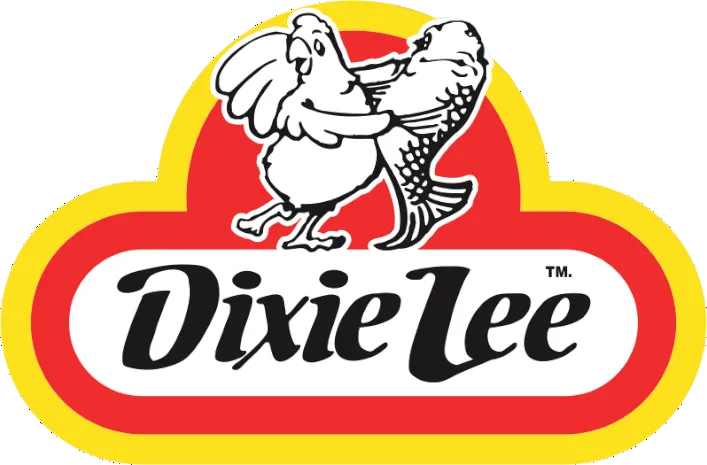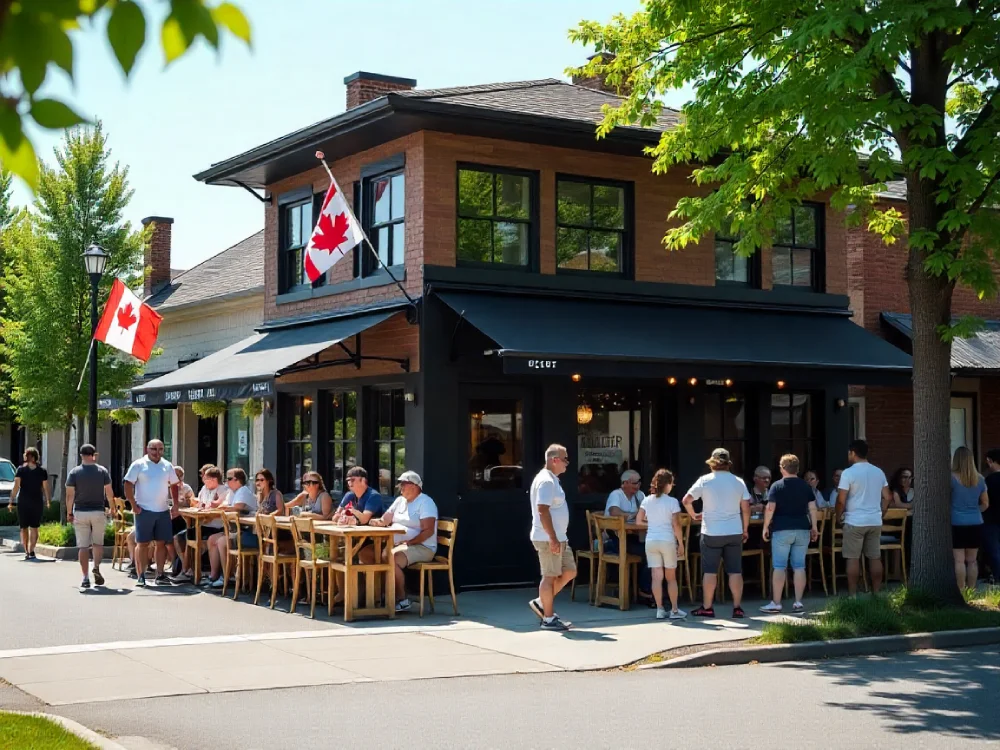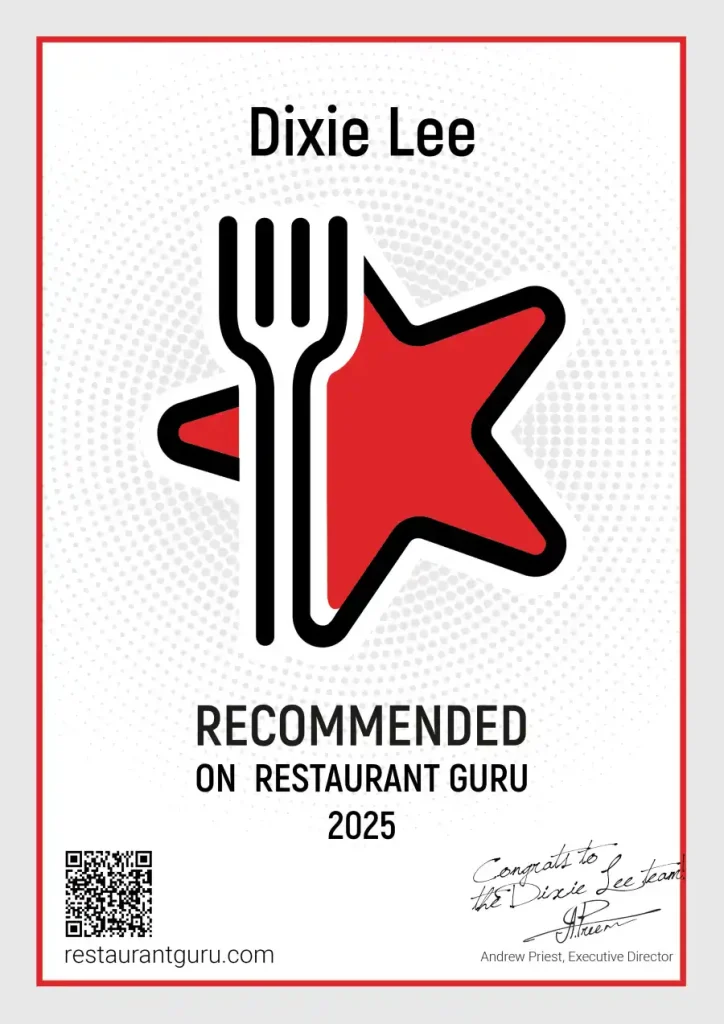Bancroft is a smart location because it delivers steady, year‑round demand from residents and predictable tourism spikes in summer, fall, and winter. Highway 28 provides strong visibility near fuel stops and trailheads, so clear signage and reliable hours will drive impulse visits.
Lower rents, utilities, and labor in the area contribute to healthier margins, and limited local fried chicken and seafood competition creates an opportunity to own the category. Community engagement tends to build customer loyalty quickly.
For best results, align the menu, staffing, and operating hours with local patterns of traffic and seasonality. Tailor offerings to appeal to both everyday local customers and visiting groups, plan staffing levels for peak periods to maintain service quality, and set hours that capture morning-to-evening demand while controlling labor costs. These steps will help scale the business efficiently and improve long‑term performance.
Key Takeaways
- Year-round local demand with seasonal tourism surges ensures steady sales and profitable peaks for fried chicken and seafood offerings.
- Strategic visibility on Highway 28 and feeder roads captures commuters, cottagers, and travelers seeking convenient, reliable meals.
- Lower operating costs—rent, utilities, insurance, and labor—improve margins and simplify staffing and management.
- Limited direct competition in fried chicken and seafood allows Dixie Lee to become the area’s go-to destination.
- Strong community engagement potential builds loyalty through local sponsorships, fundraisers, and consistent face-to-face service.
Strong Year-Round Demand With Seasonal Tourism Boost
Set up shop in Bancroft and you’ll tap into steady, year-round demand that’s energized when tourists pour in. Locals rely on dependable dining options through every season, so your baseline sales don’t hinge on short spikes. Schools, healthcare workers, trades, and retirees create predictable weekday and weekend traffic, smoothing cash flow and staffing plans.
When peak seasons arrive—summer cottage traffic, fall leaf-peepers, and winter sledders—you’ll layer higher ticket volumes onto that stable base. Plan inventory and prep for surges in family meals, shareable combos, and quick takeout. Use seasonal LTOs to capture curiosity without overhauling operations. Train your team for flexible scheduling and throughput. By aligning menu mix, portions, and hours with cyclical demand, you’ll protect margins and maximize upside.
Strategic Visibility on Key Travel Corridors
That steady demand gets even stronger when you’re easy to spot where people already travel. In Bancroft, Highway 28 and key feeder roads channel locals, cottagers, and visitors right past prime storefronts. When you position your Dixie Lee where drivers naturally slow—near fuel stops, trailheads, and grocery anchors—you capture impulse meals and convenient takeout without heavy persuasion.
You benefit from predictable traffic patterns: weekend inflows to the lakes, weekday commutes, and steady service trips into town. Clear signage, easy right-in/right-out access, and visible parking reduce decision friction and shorten time to purchase. Add digital map accuracy and consistent hours, and travelers learn to rely on you as the dependable stop. Strategic visibility converts passing miles into repeat meals—and turns peak flows into loyal customers.
Lower Operating Costs and Favorable Business Climate
A Bancroft location helps you keep costs lean while you grow sales. You’ll find rent, utilities, and insurance typically lower than big-city averages, which protects margins from day one. Labor expenses are manageable, and shorter commutes help you attract reliable team members. You can allocate more budget to training, quality control, and local marketing rather than overhead.
Municipal processes are practical and responsive, so you move from planning to opening without costly delays. Local suppliers reduce freight costs and simplify inventory planning, keeping your kitchen stocked and cash flow predictable. Seasonal tourism augments revenue without requiring year-round staffing spikes. With a right-sized footprint and efficient build-out, you’ll control startup costs and ramp faster, positioning your Dixie Lee to reinvest profits into steady, sustainable growth.
Limited Direct Competition in Fried Chicken and Seafood
Competition thins out in Bancroft when it comes to crispy fried chicken and seafood, giving your Dixie Lee a clear lane to stand out. You won’t face the dense cluster of national chicken chains you’d see in larger markets, and local menus often treat fried chicken or seafood as secondary items, not specialties. That gap lets you position Dixie Lee as the go-to destination for golden chicken, classic sides, and dependable fish dishes.
With fewer direct rivals, your marketing dollars work harder. You can claim prime keywords, secure high-visibility placements, and build recall faster. Menu focus also helps: you’ll streamline prep, train teams efficiently, and deliver consistent quality. When travelers and residents look for fried chicken or seafood, you’ll appear first, serve faster, and keep them returning.
Community Loyalty and Small-Town Brand Engagement
Beyond fewer direct rivals, success in Bancroft also hinges on how well you plug into the community. In a small town, people notice who shows up, listens, and gives back. You win trust by sponsoring minor sports, joining local fundraisers, and sourcing from nearby suppliers when possible. These actions turn first-time diners into repeat guests.
Prioritize face-to-face engagement. Train staff to learn names, remember preferences, and thank regulars. Feature community spotlights on your walls and social channels. Keep your menu consistent, deliver orders fast, and resolve issues in person—word travels quickly here.
Invite feedback through table cards and a manager’s walk-around. Celebrate local milestones and seasonal traditions. When you respect Bancroft’s rhythms, residents become advocates, amplifying your brand through authentic, everyday conversations.
Scalable Growth Potential Within the Region
You can tap into growing tourism traffic that augments year-round footfall and delivery demand. Because the wider region remains underserved, you’re positioned to capture share before national competitors move in. With streamlined operations and shared supply routes, you can feasibly roll out multiple units across nearby towns for cost-efficient scale.
Expanding Tourism Demand
Rising visitor numbers turn Bancroft’s four-season playground into a steady stream of potential customers. You benefit from steady traffic across summer lakes, autumn trails, winter snowmobiling, and spring festivals. That year-round mix creates predictable peaks you can plan for with staffing, inventory, and targeted promos. Families, day-trippers, and cottage owners want quick, satisfying meals; you meet them with consistent speed and value.
| Visitor Moment | What You Can Offer |
| Trail breaks | Hot, portable combos |
| Cottage turnover | Family buckets, value packs |
| Festival evenings | Late-hour service |
| Rainy-day plans | App orders, curbside |
| Departure days | Grab-and-go specials |
As tourism marketing grows, you’ll amplify reach through local partnerships and event tie-ins. Timed offers—pre-trail breakfasts, après-adventure deals—convert footfall into repeat visits, strengthening predictable, scalable sales.
Regional Market Underserved
While major chains cluster along Highway 7 and larger towns, Bancroft’s surrounding villages and cottage corridors remain thin on quick-service options—creating clear white space for Dixie Lee. You’re looking at a region where residents, trades crews, and cottagers often drive long stretches for dependable, hot meals. That gap means you can anchor daily routines—lunch breaks, post-game bites, and family takeout—without heavy head-to-head competition.
You’ll also benefit from predictable traffic tied to schools, arenas, clinics, and hardware hubs spread across the county. With limited brand saturation, your marketing dollars stretch further, and word-of-mouth travels fast across tight-knit communities. By offering consistent hours, crisp chicken, and value bundles, you become the reliable choice locals recommend. In short, unmet demand translates into steady tickets and defensible customer loyalty.
Multi-Unit Rollout Feasibility
Start with a flagship in Bancroft, then sequence 2–3 satellites in high-utility nodes—Madoc/Tweed corridor, Barry’s Bay, and the Hwy 28/118 junction—to build a tight, defensible network. You’ll stage growth by travel corridors and seasonal peaks, share labor pools, and centralize prep to lower unit-level costs. A hub-and-spoke setup shortens delivery times, sustains brand visibility, and de-risks winter lulls.
| Feeling | Why it matters |
| Confidence | You’re scaling with data, not guesswork. |
| Control | You pace openings to cash flow. |
| Momentum | Each site amplifies the next. |
| Resilience | Redundancy cushions demand swings. |
Secure leases near fuel stops, grocers, and arenas; tie promotions to cottage traffic and trail usage. With synchronized menus, cross-training, and shared marketing, you’ll hit breakeven faster and preserve quality.
Conclusion
Bancroft offers a rare mix of steady, year-round demand and pronounced seasonal surges. The town sits along high-visibility traffic corridors, which supports consistent walk-in and drive-by business while keeping customer acquisition costs lower than in denser urban centers. Operating expenses, including rent and some labor costs, tend to be more favorable, helping improve margins.
Direct local competition in fried chicken and seafood is limited, creating an opportunity to establish market share quickly. Strong community loyalty and frequent repeat patronage support stable sales and predictable revenue streams. Regional population and tourism trends also present avenues for measured growth and expansion into nearby markets.
If you are considering a Dixie Lee Fried Chicken franchise, Bancroft is worth evaluating for its combination of reliable demand, cost advantages, and growth potential. Conduct thorough market research on specific site locations, local traffic patterns, and supply-chain logistics, and perform financial modeling that reflects seasonal variations. This due diligence will help you determine the most viable store format and marketing approach to maximize profitability and long-term resilience.


